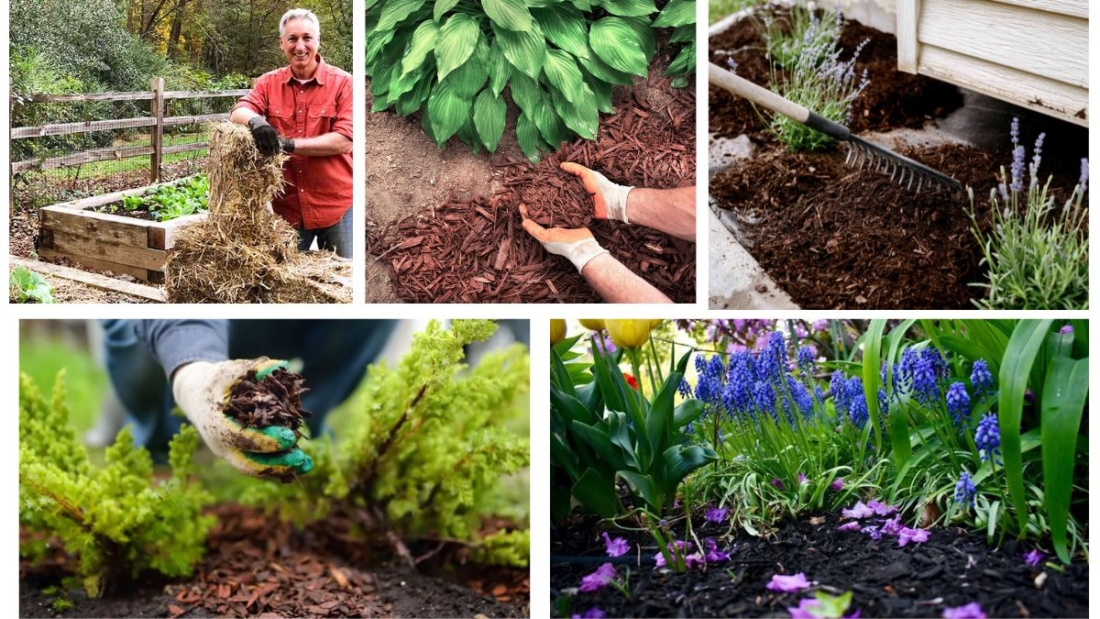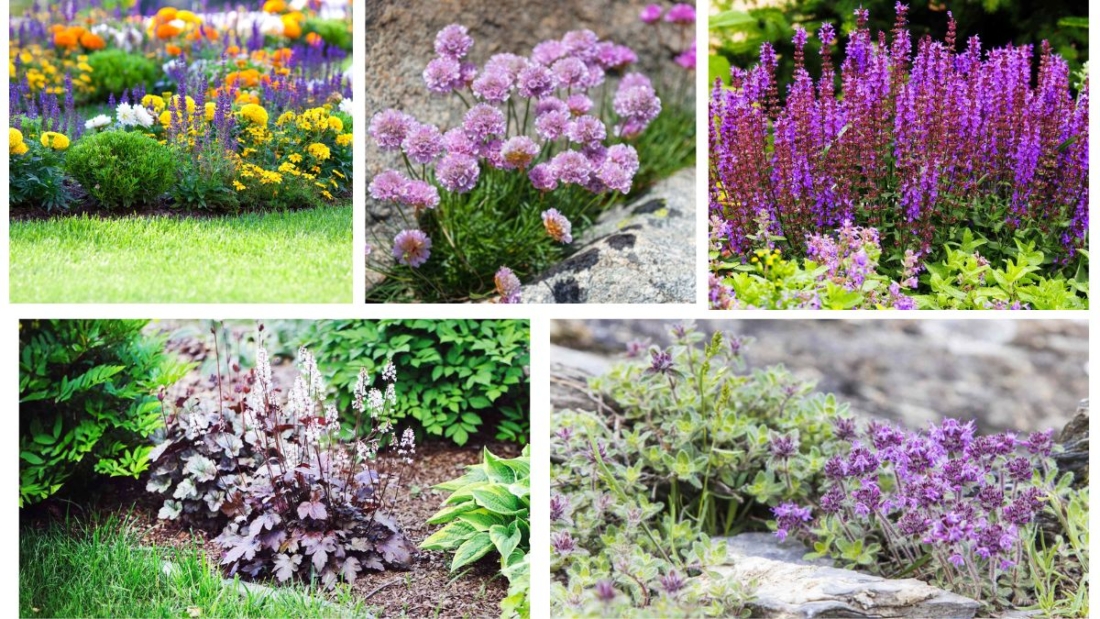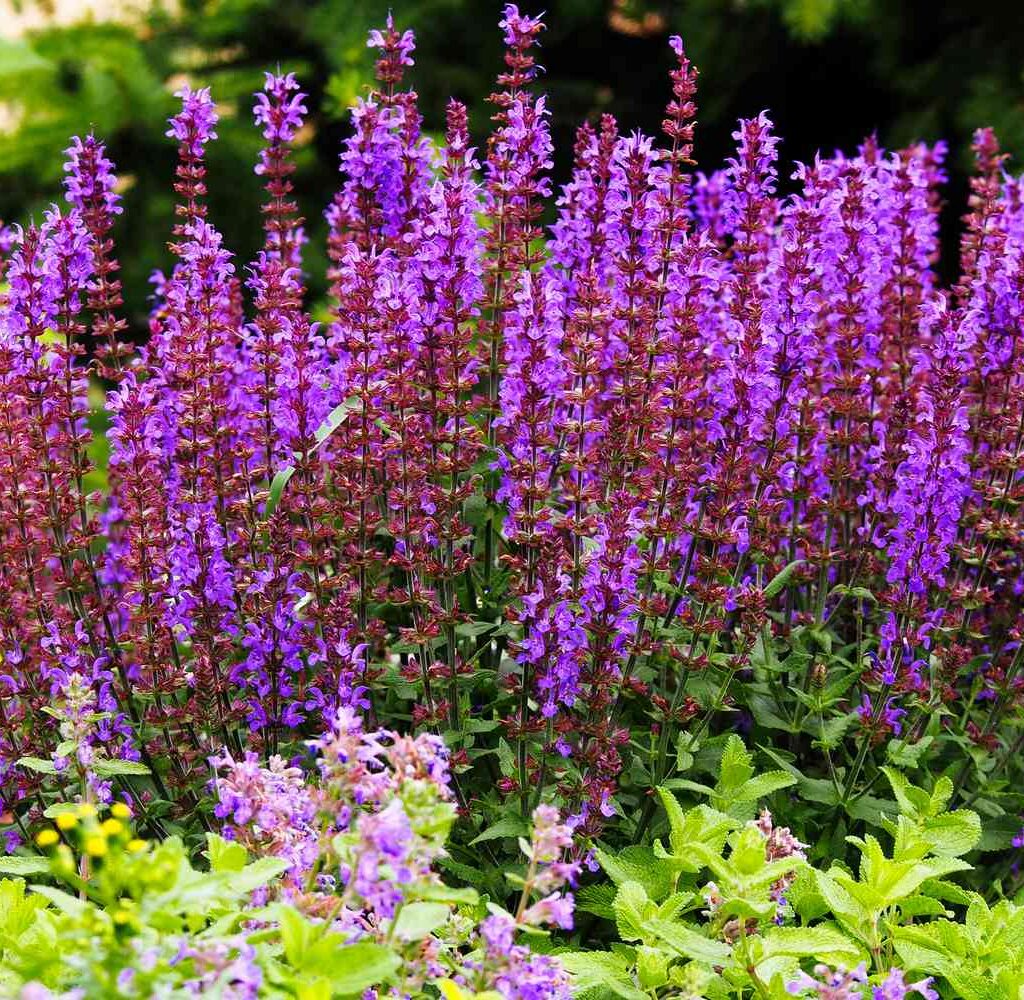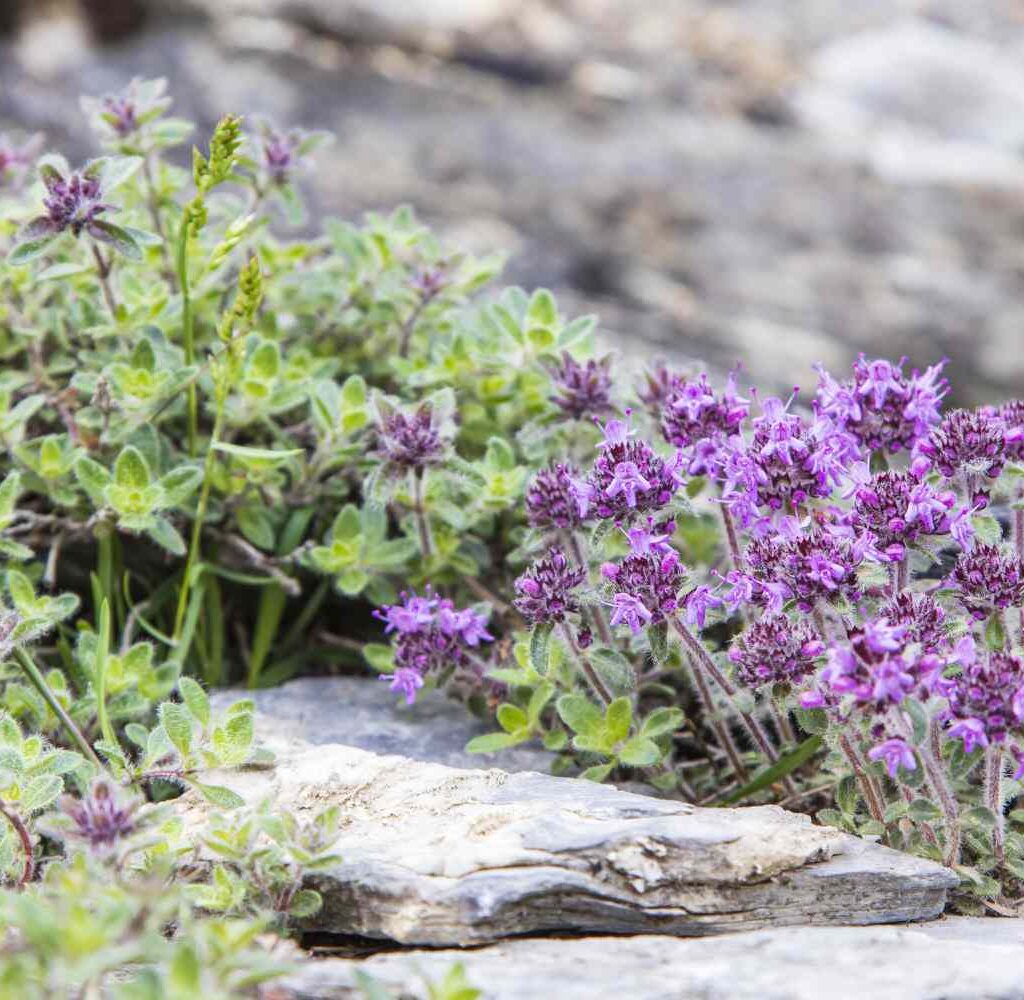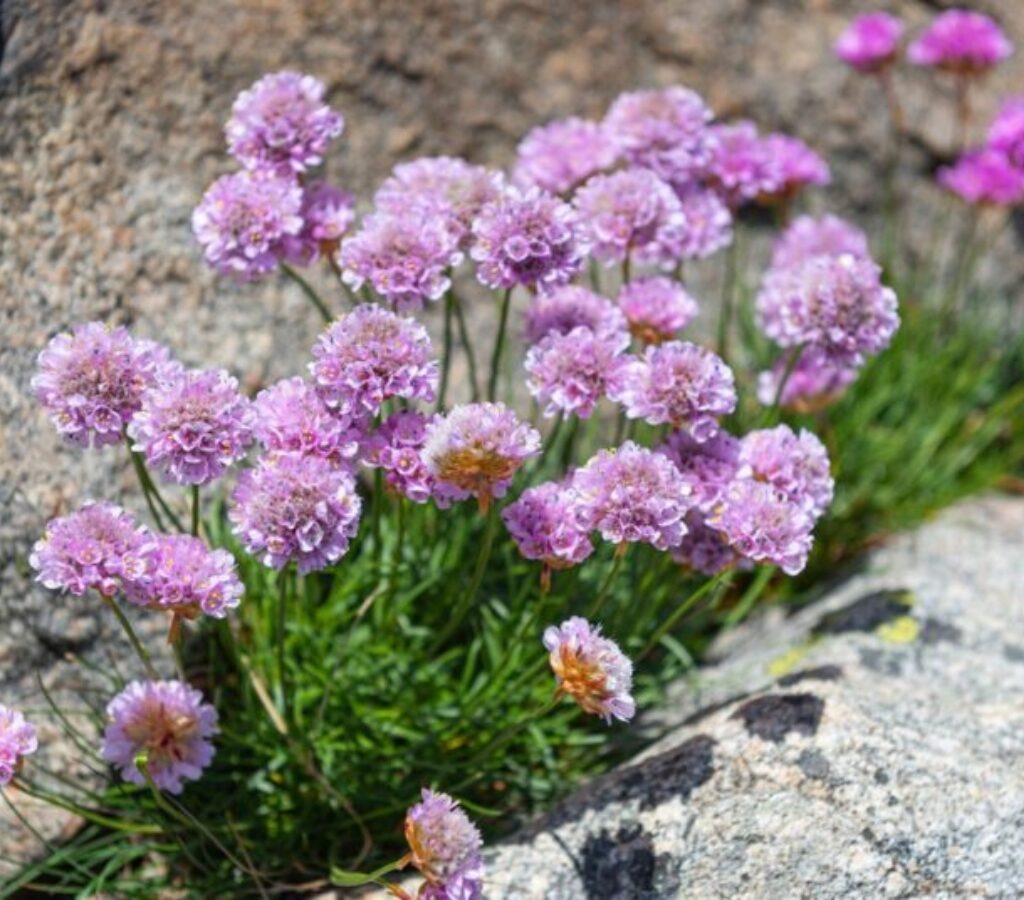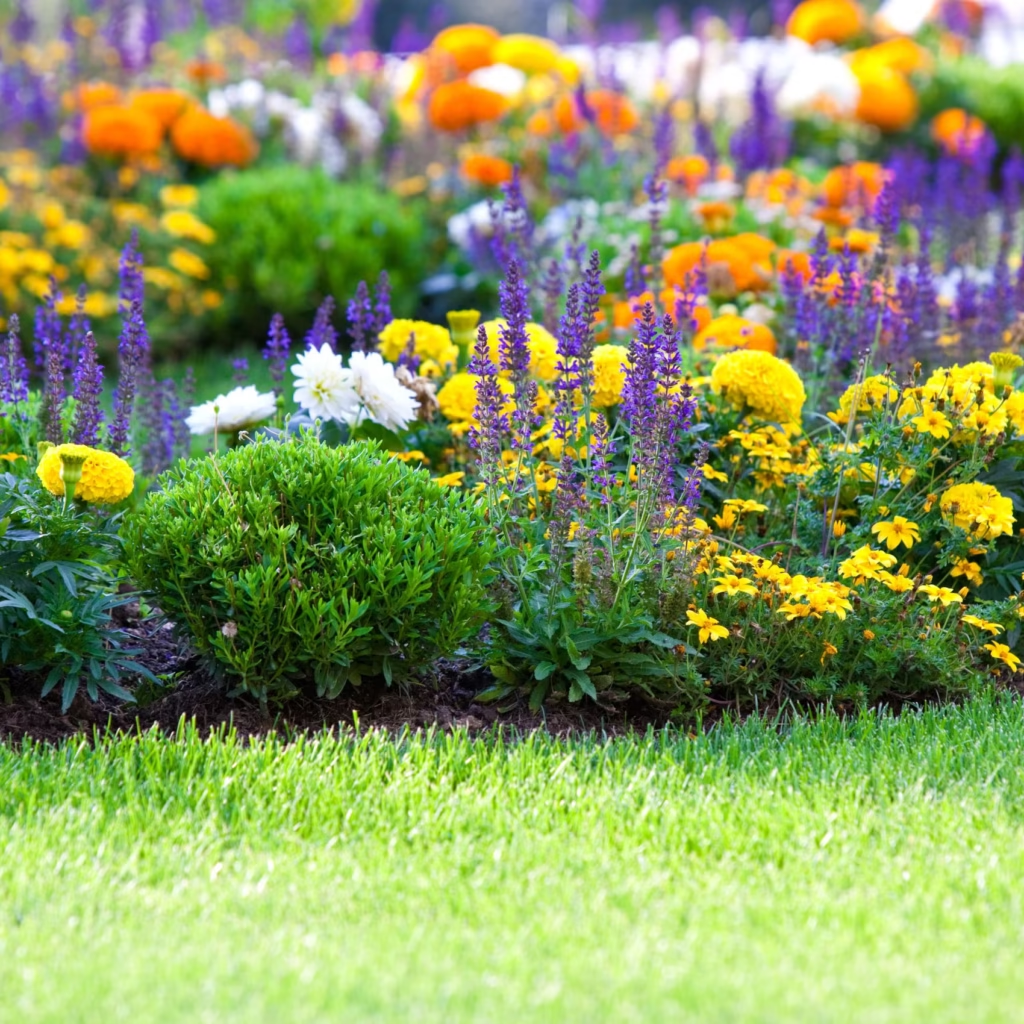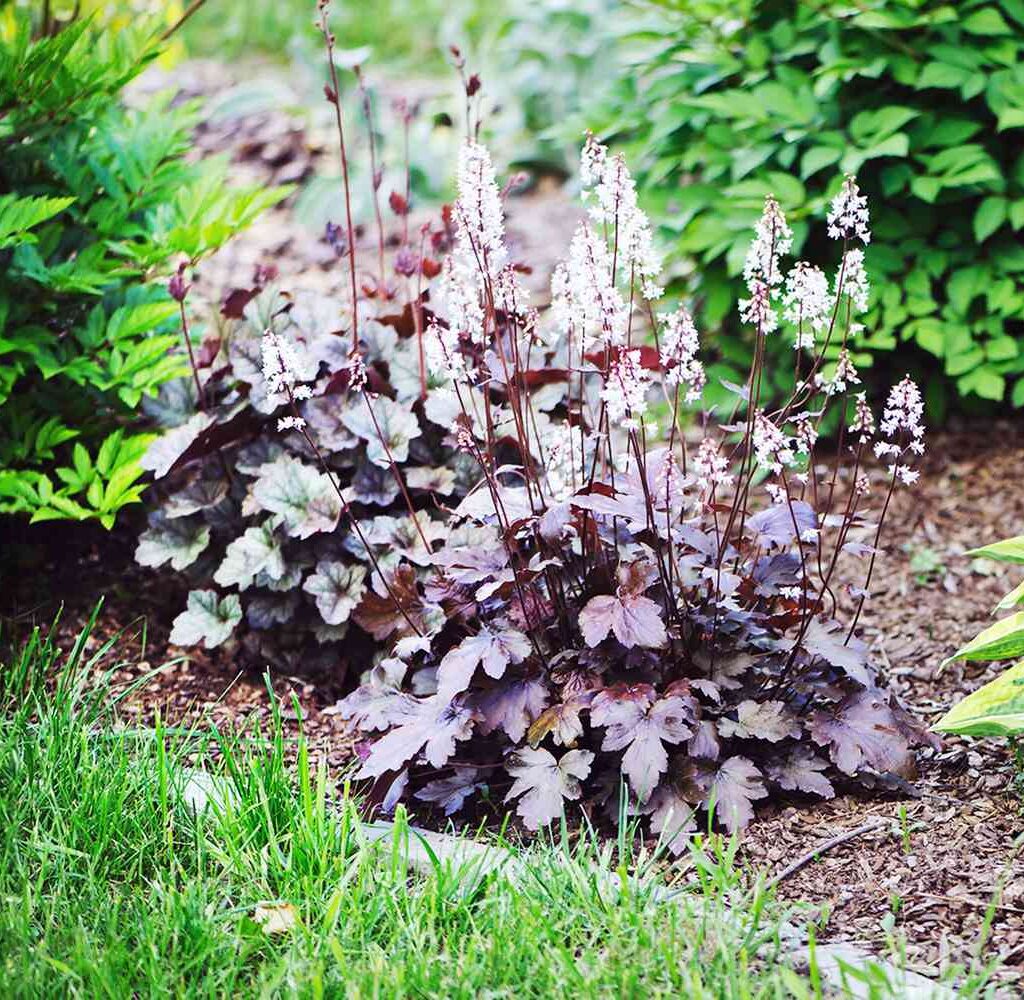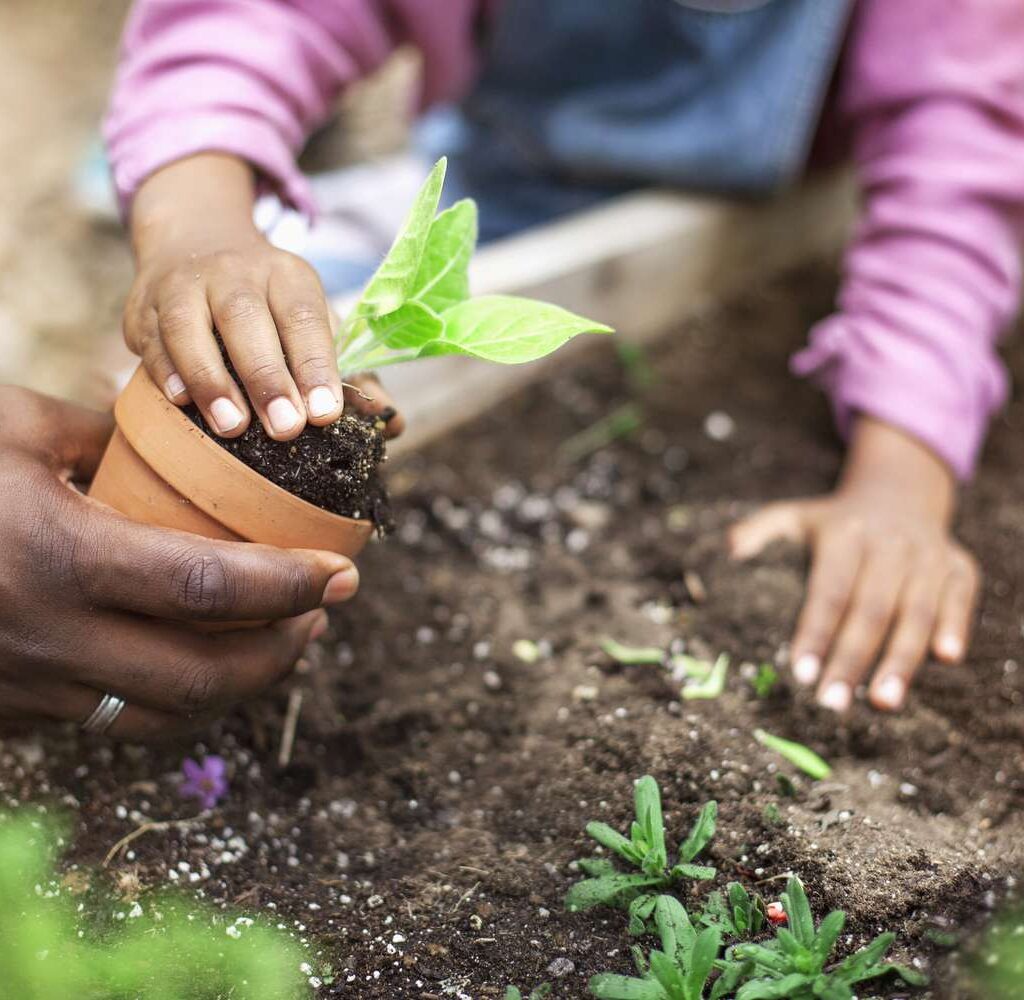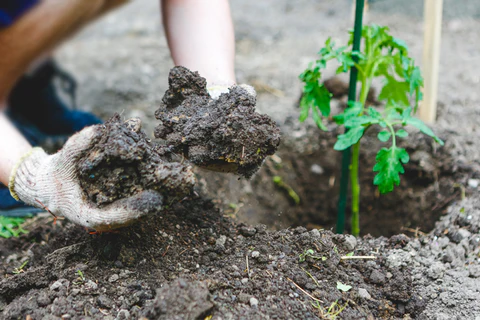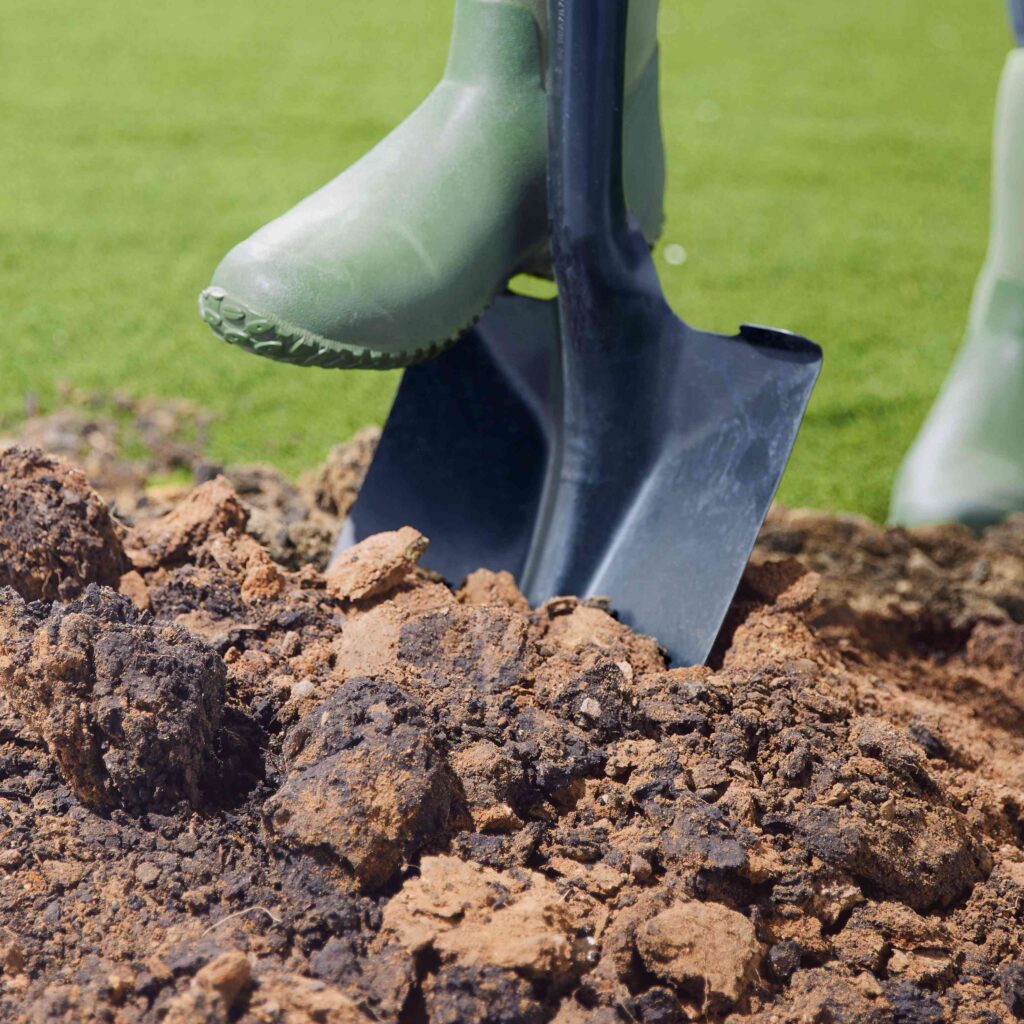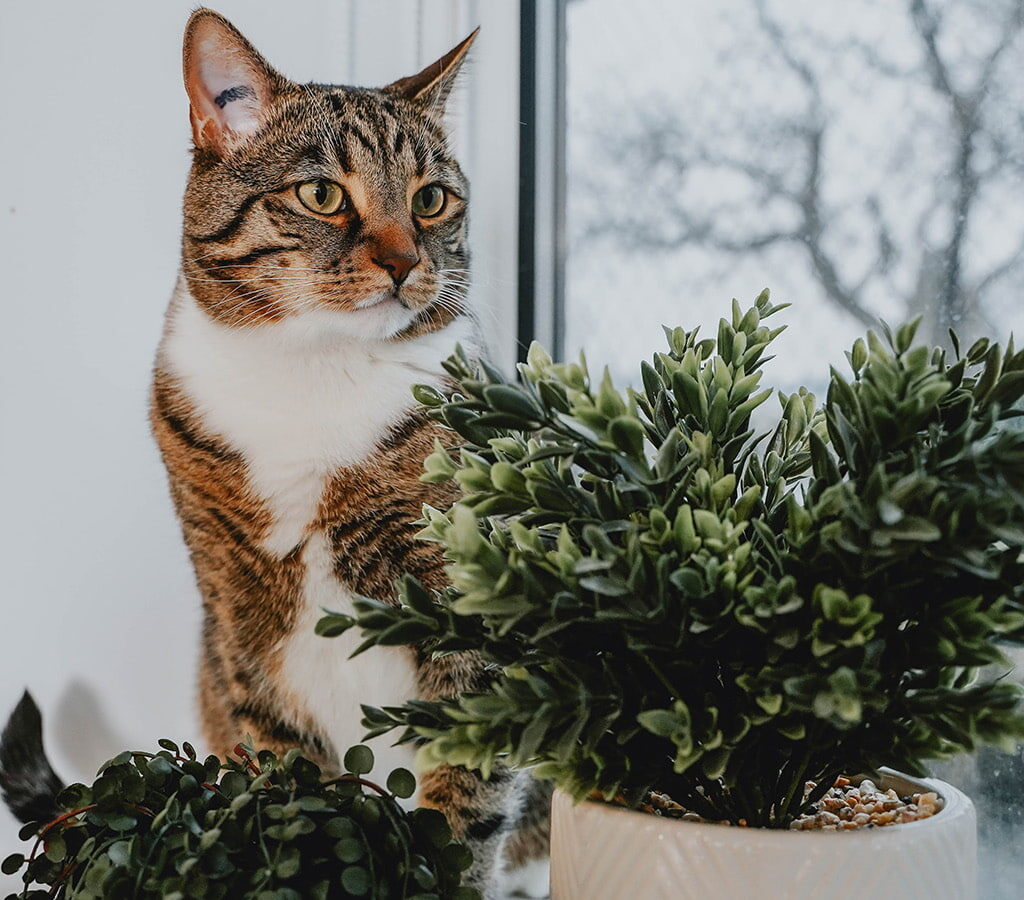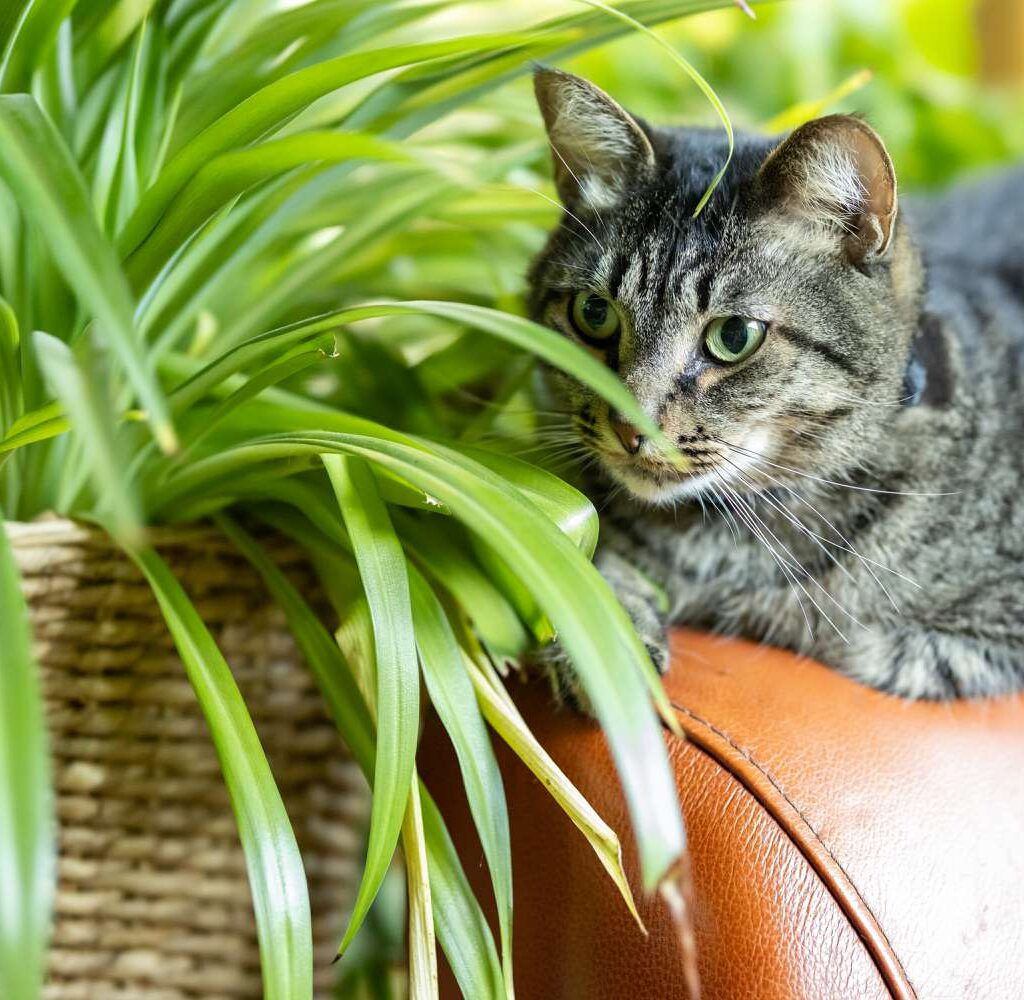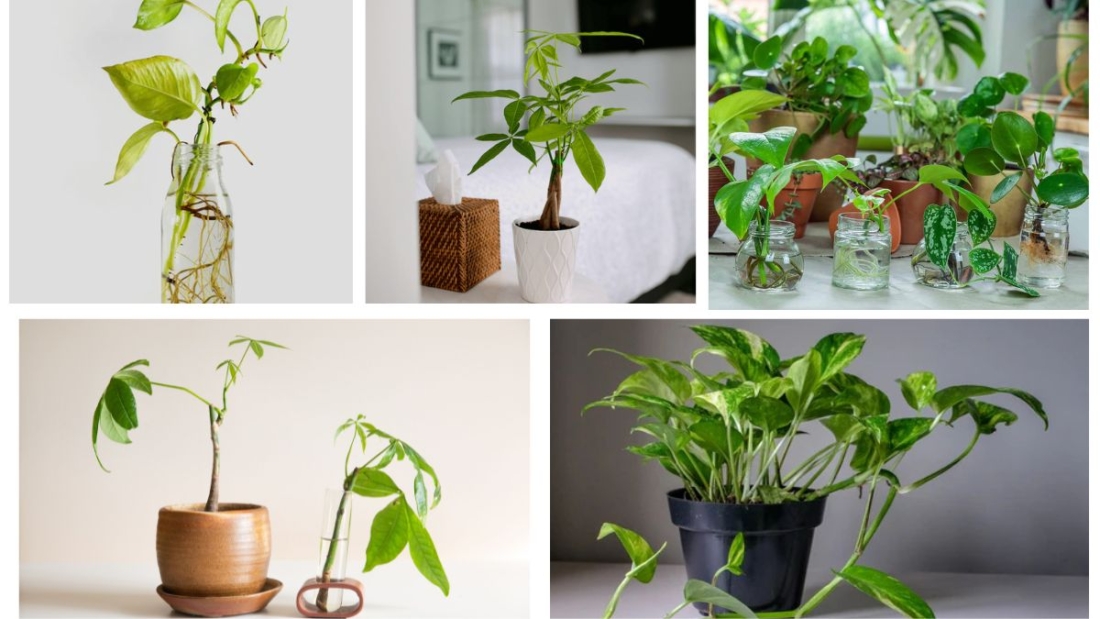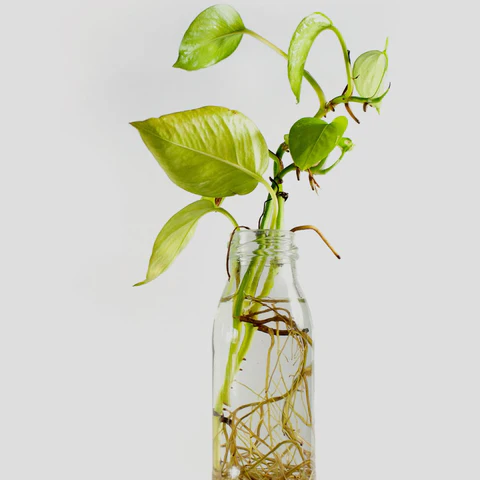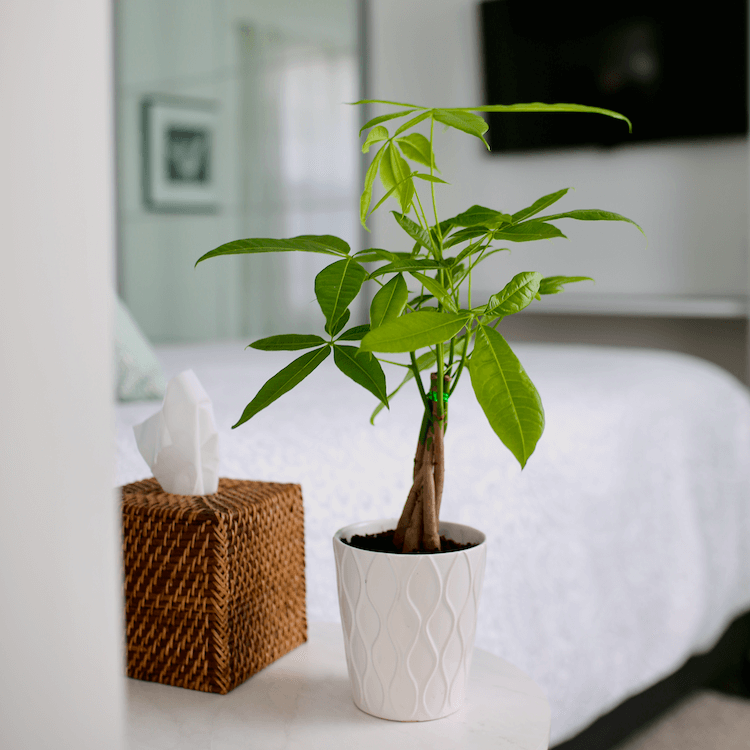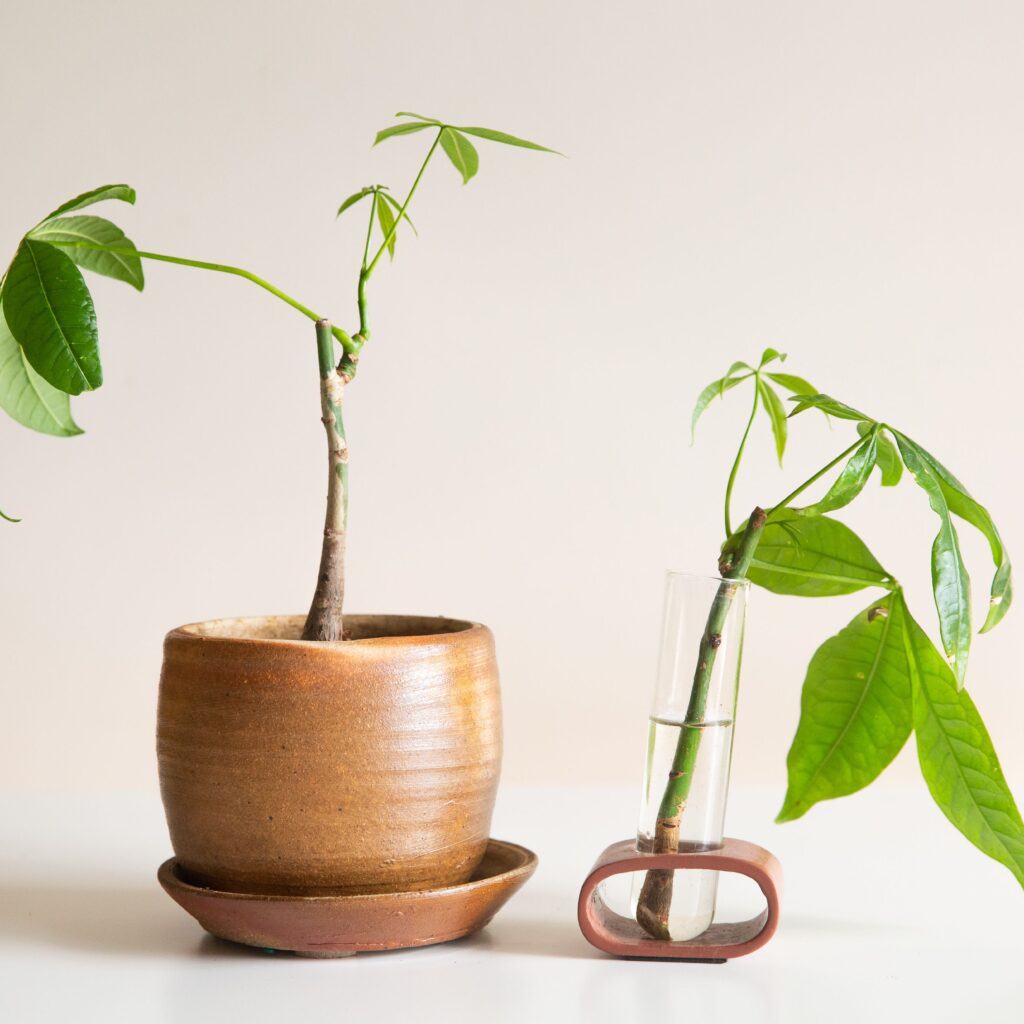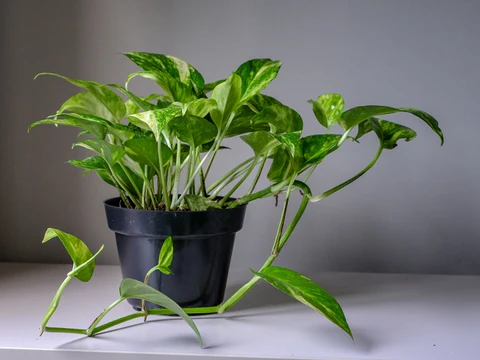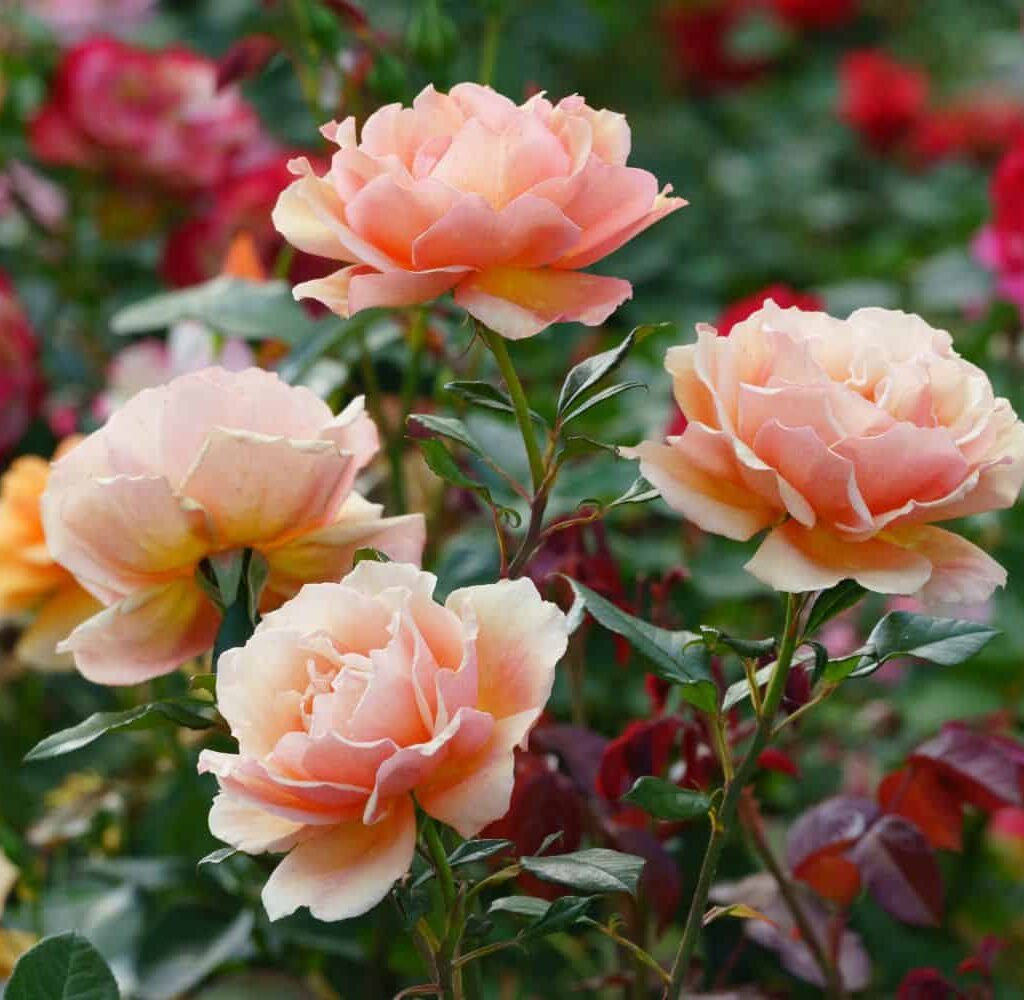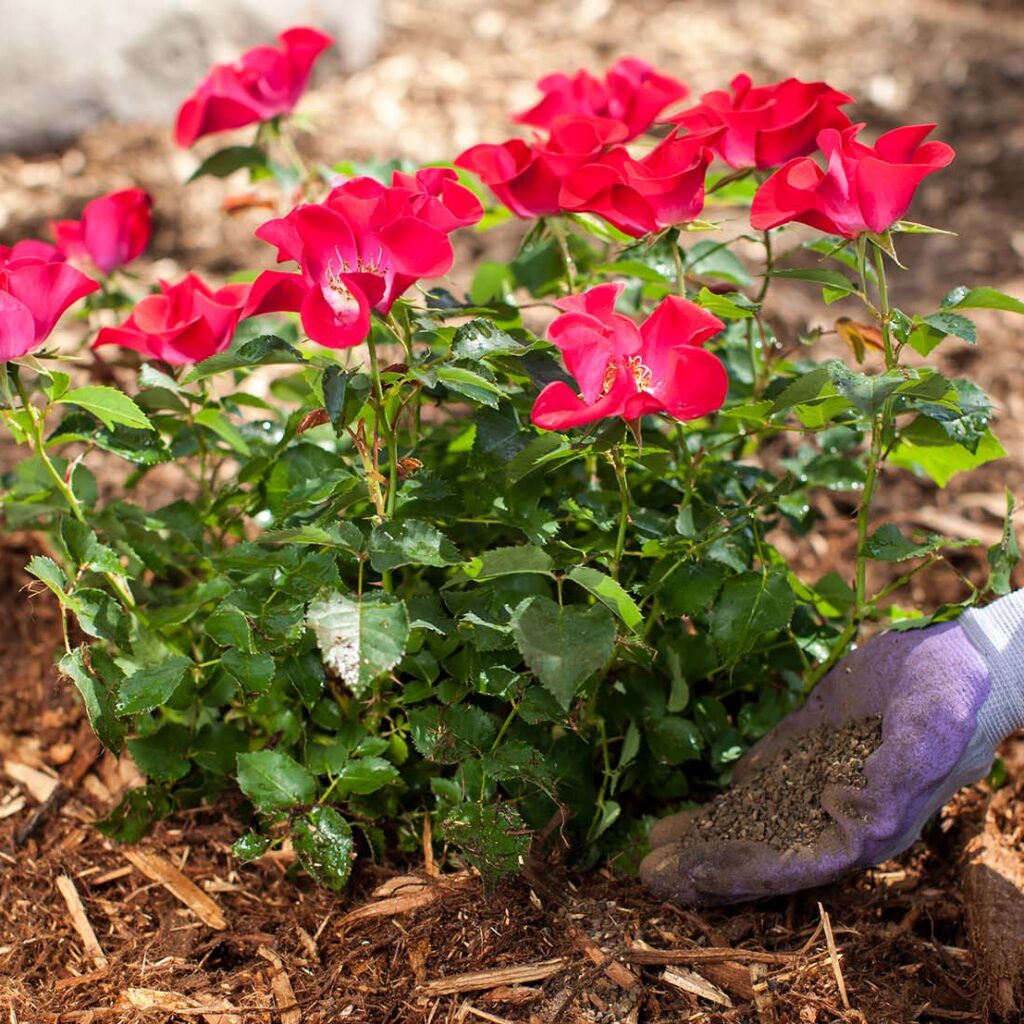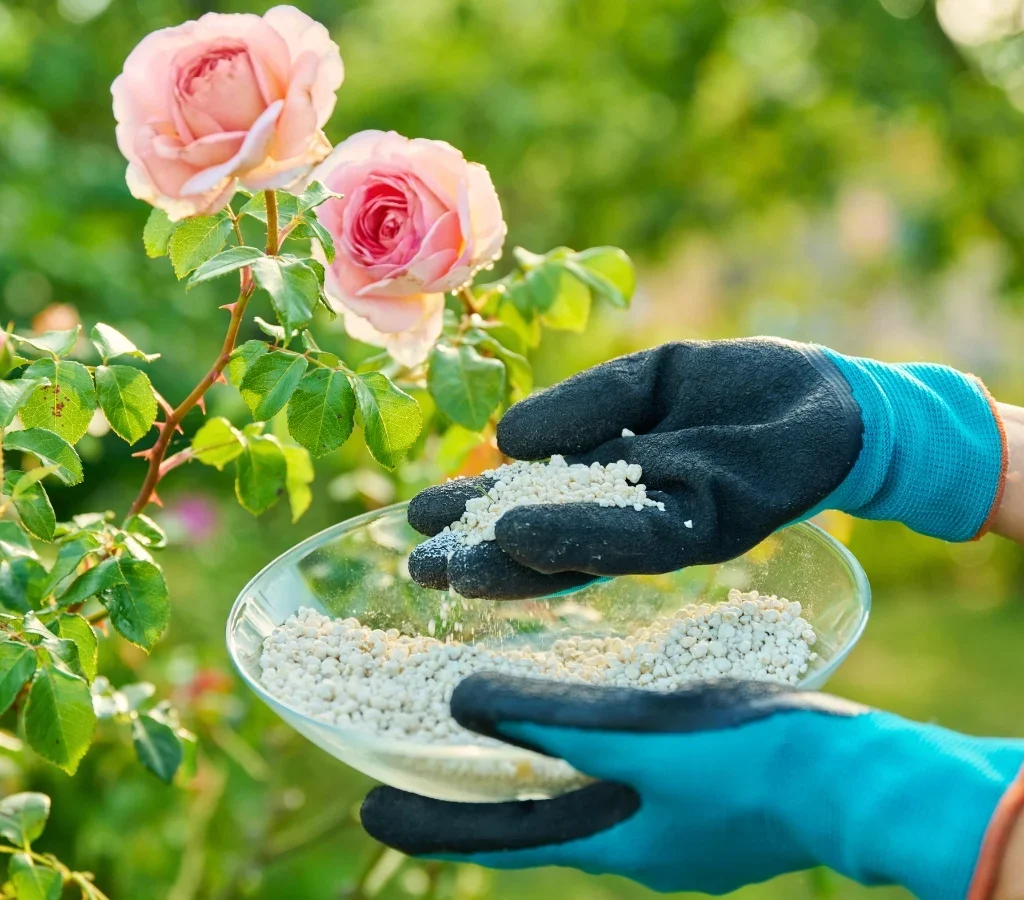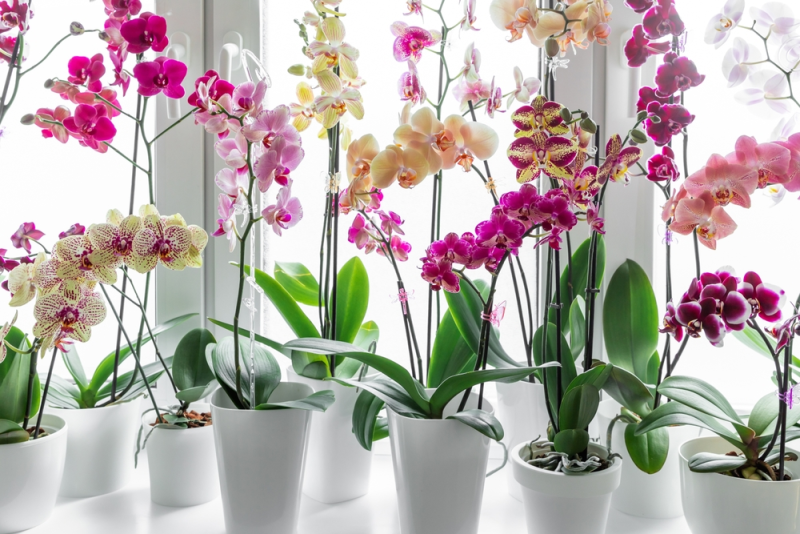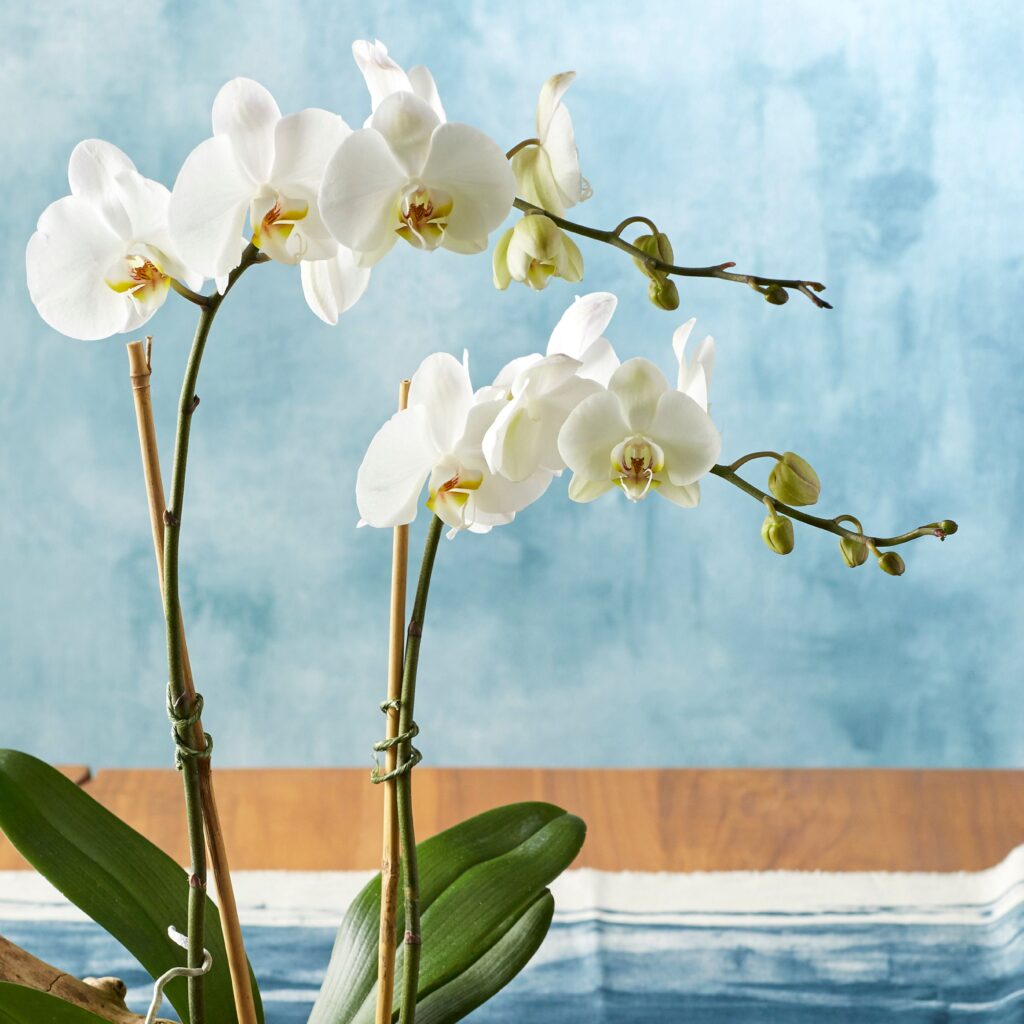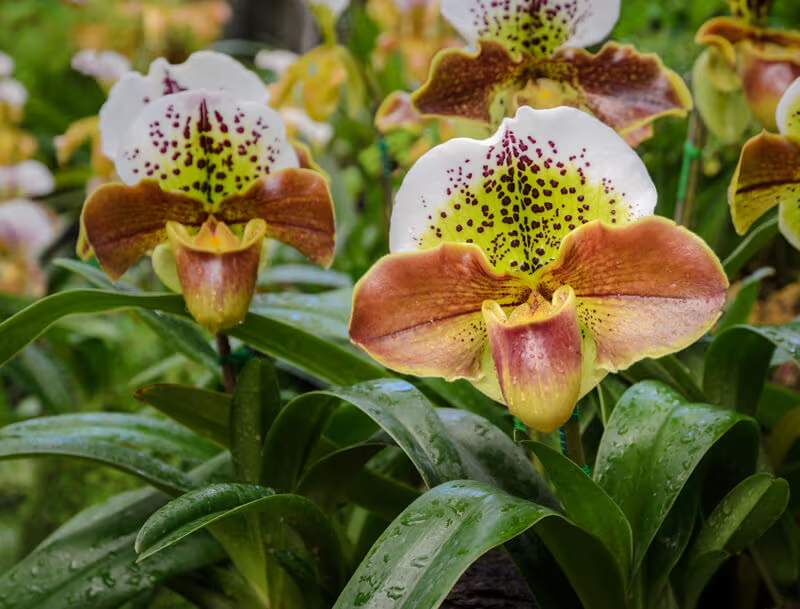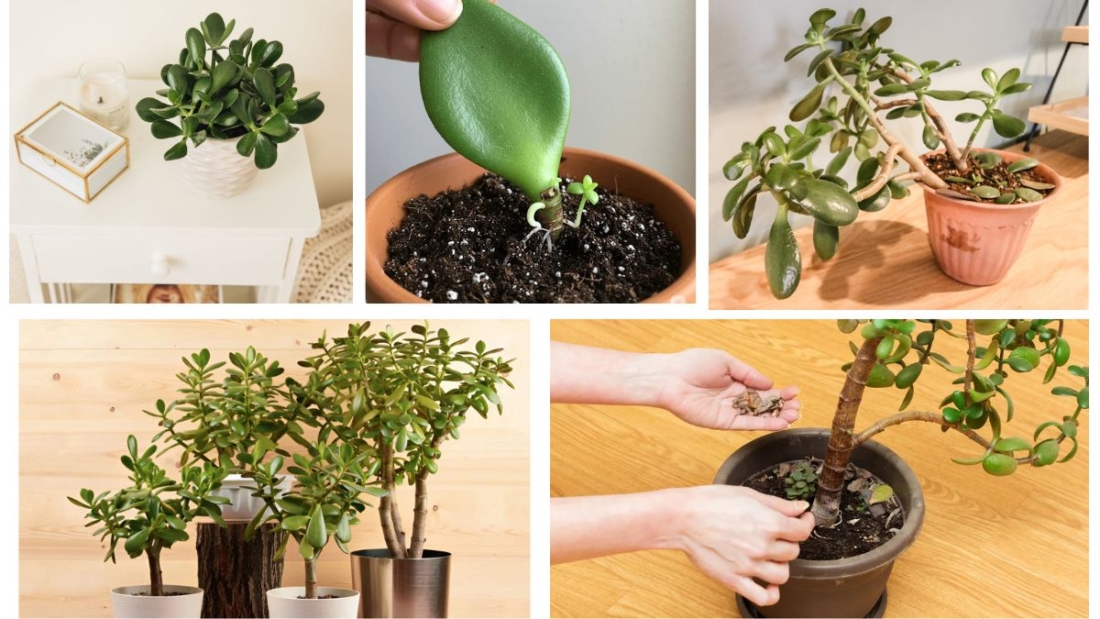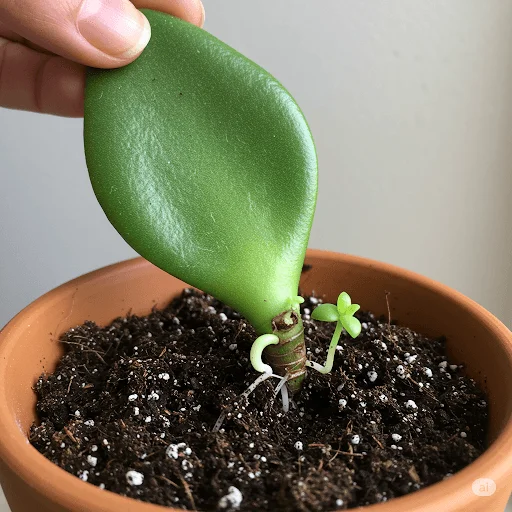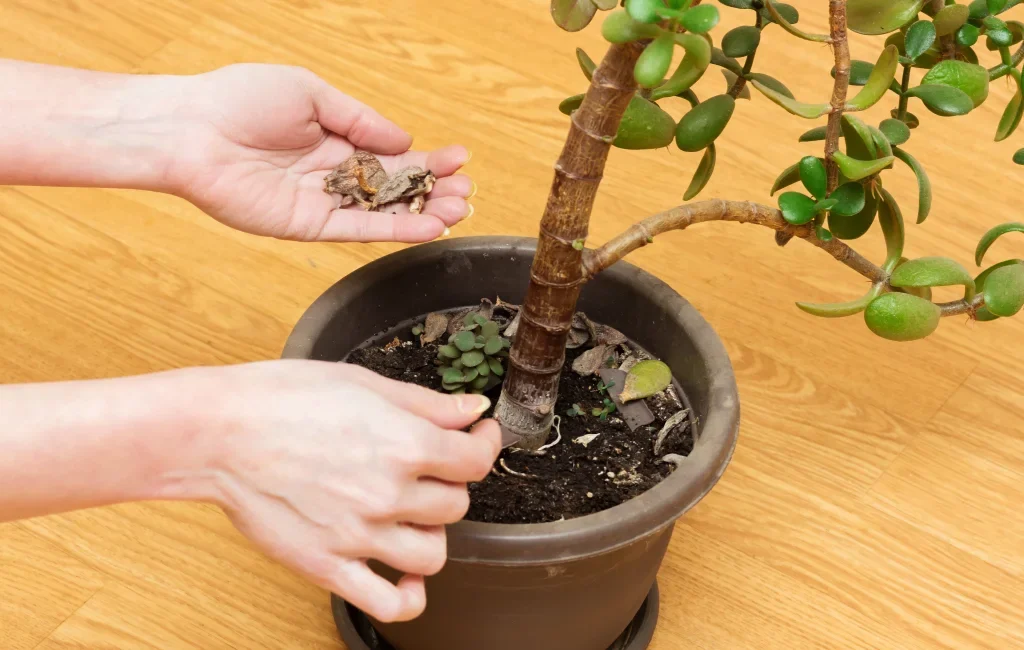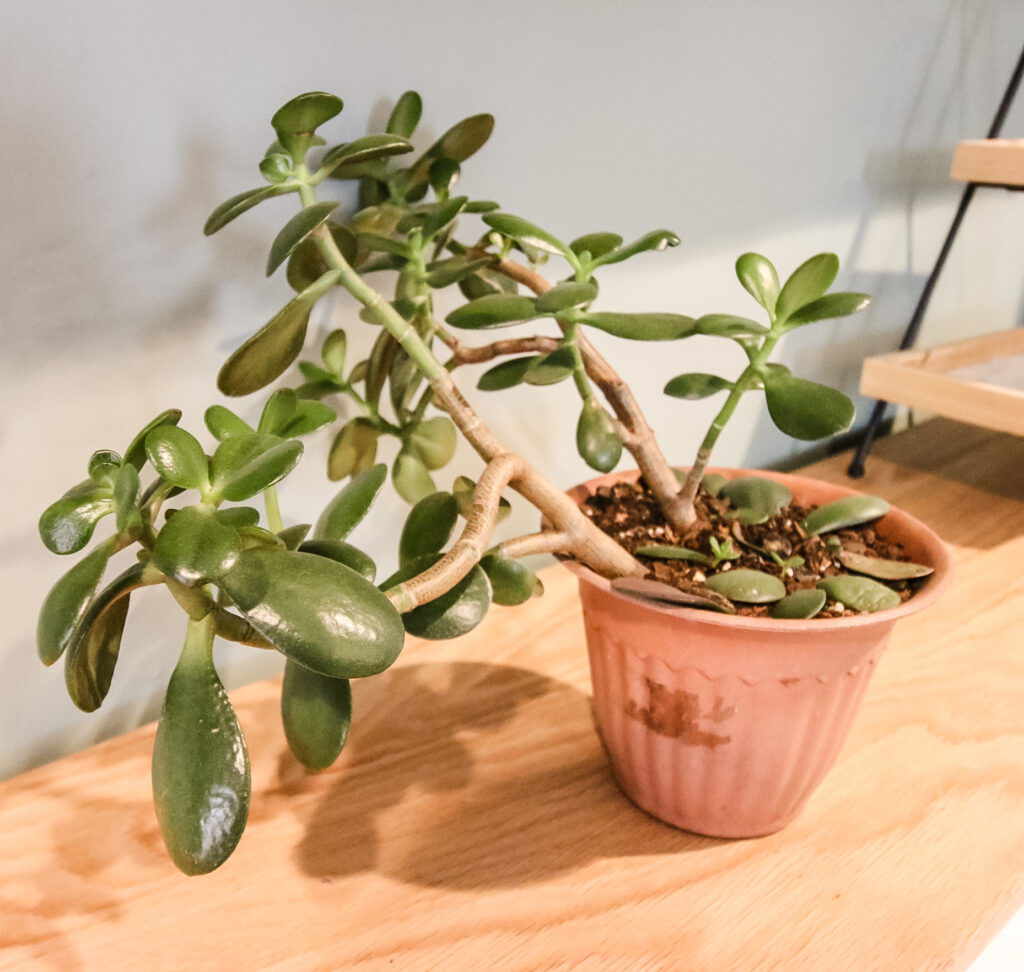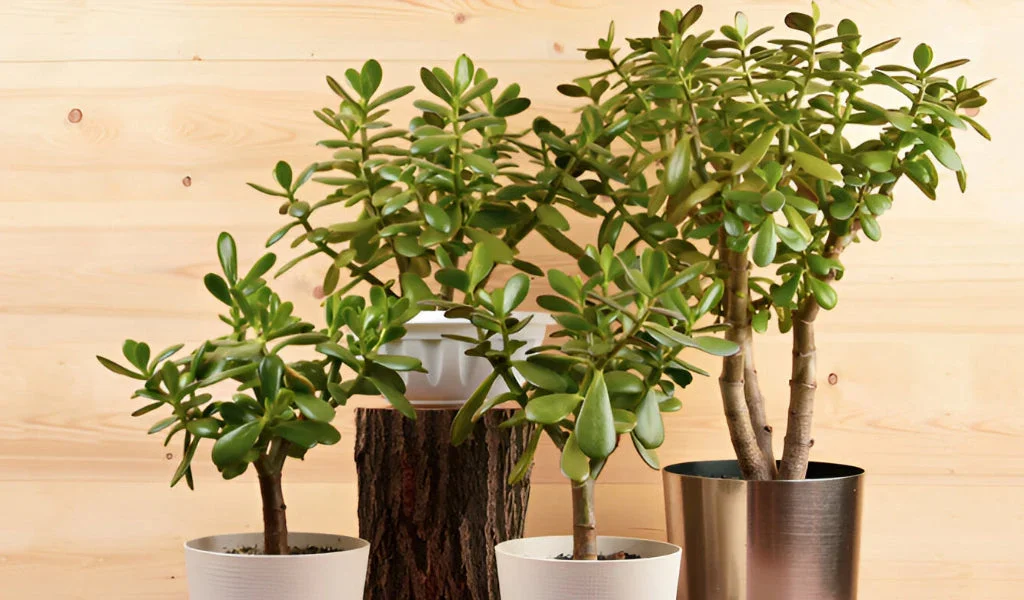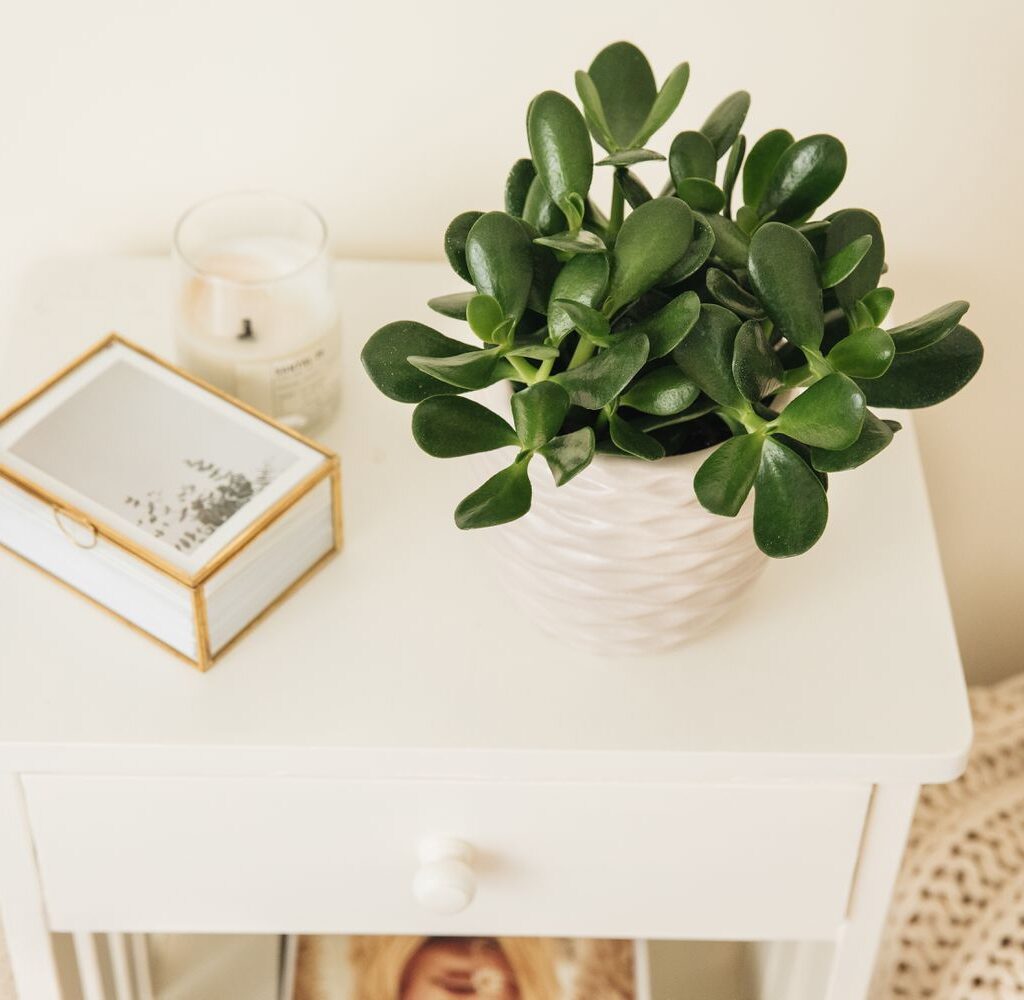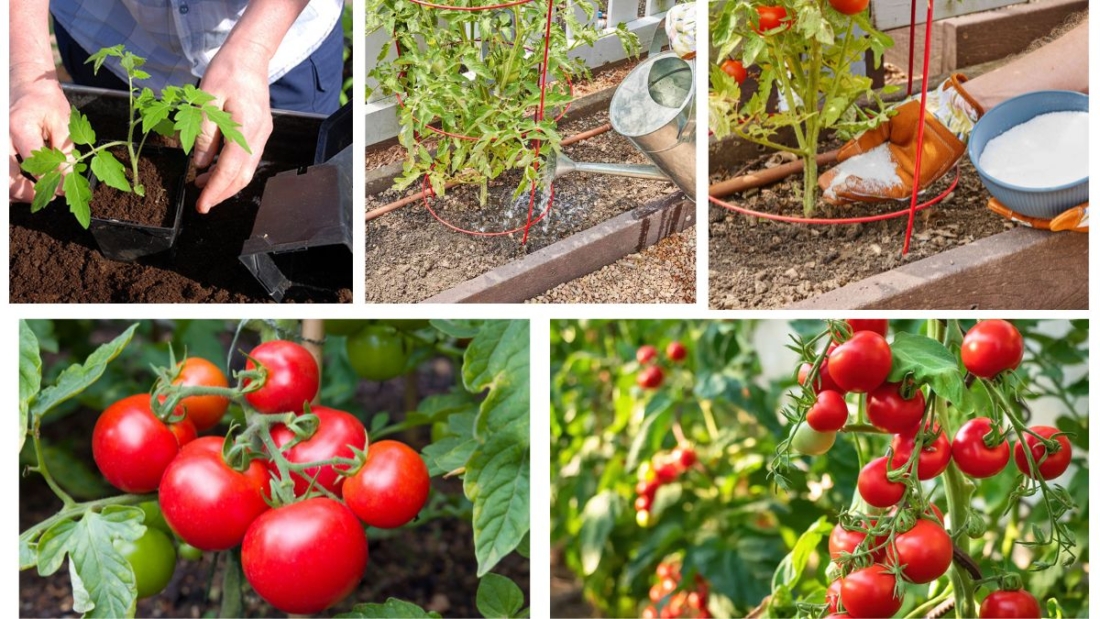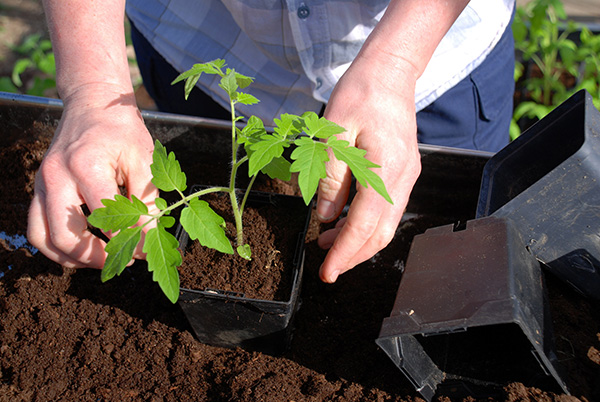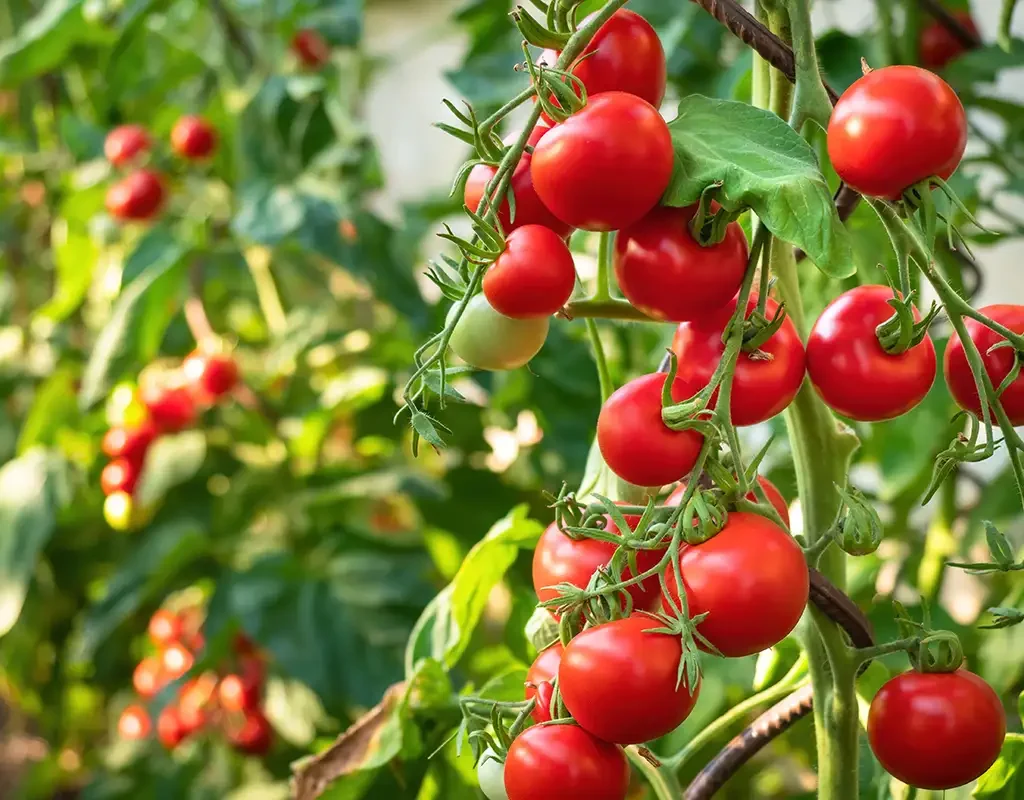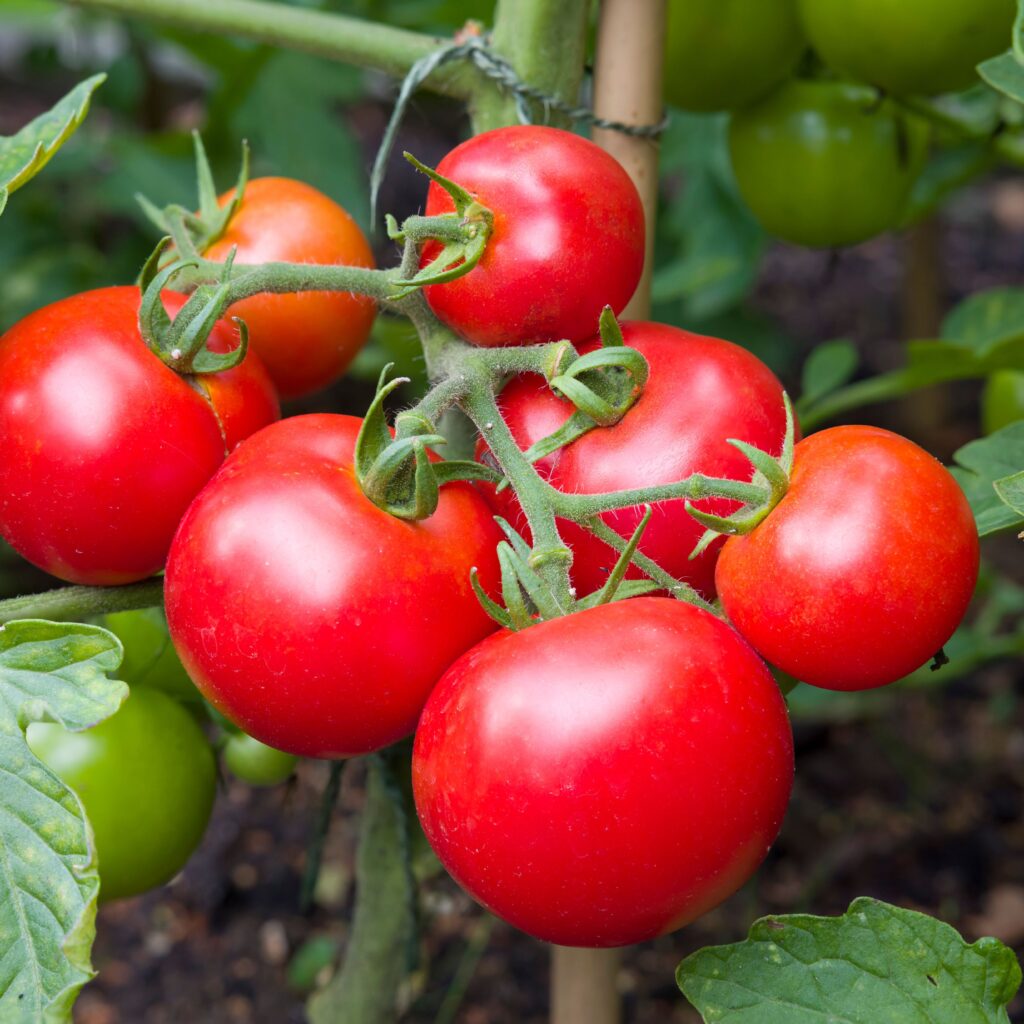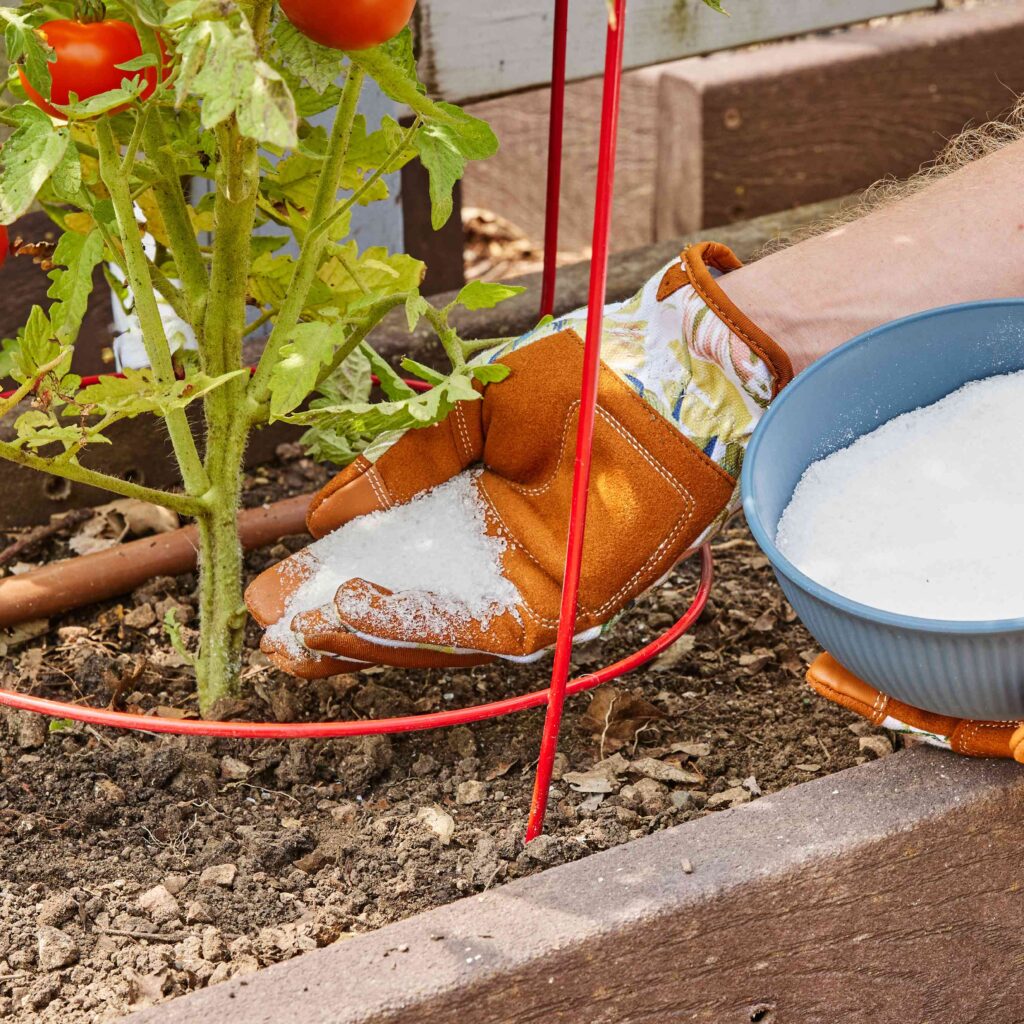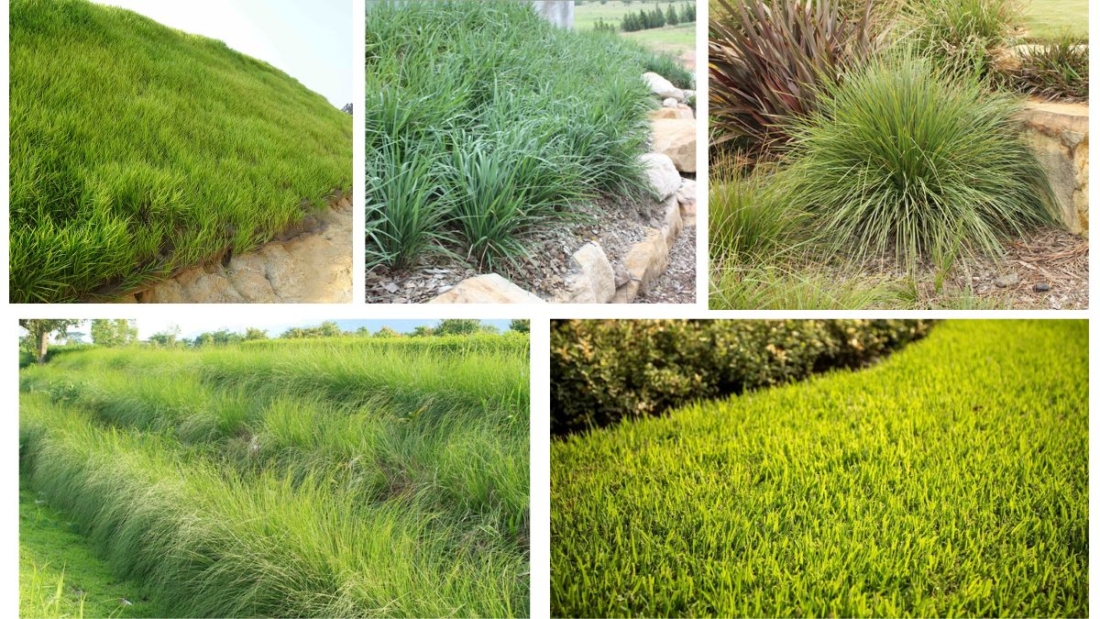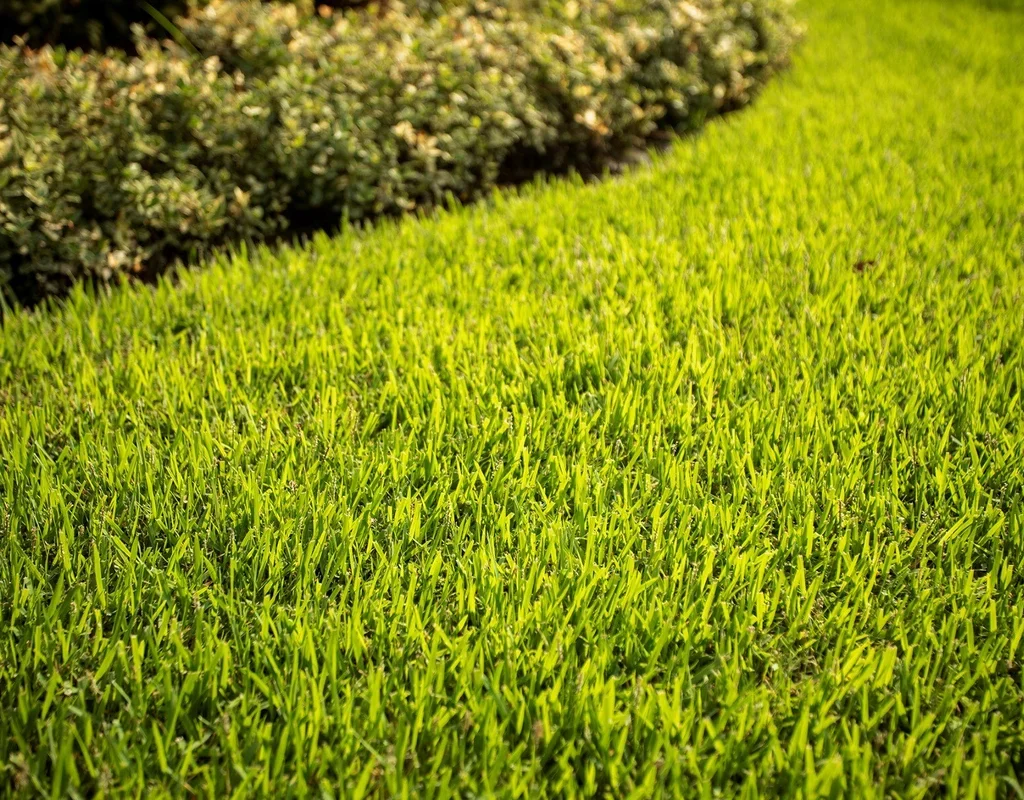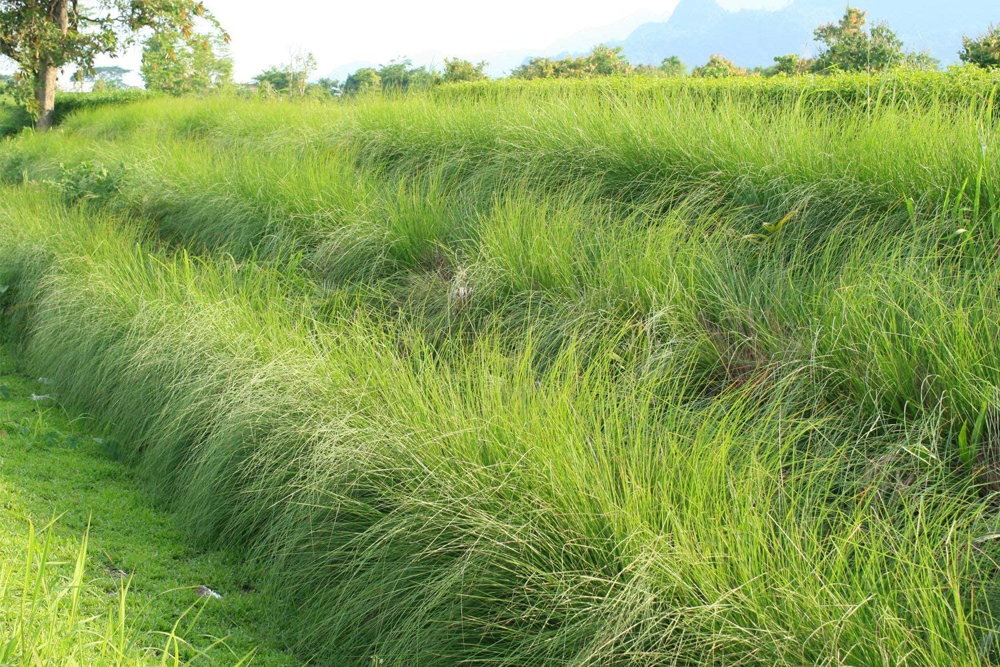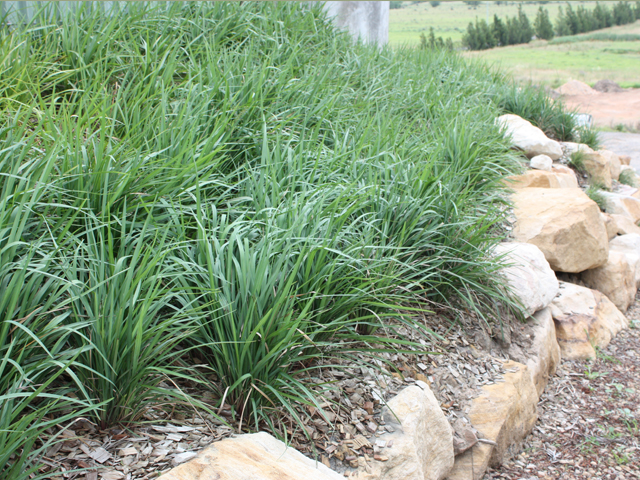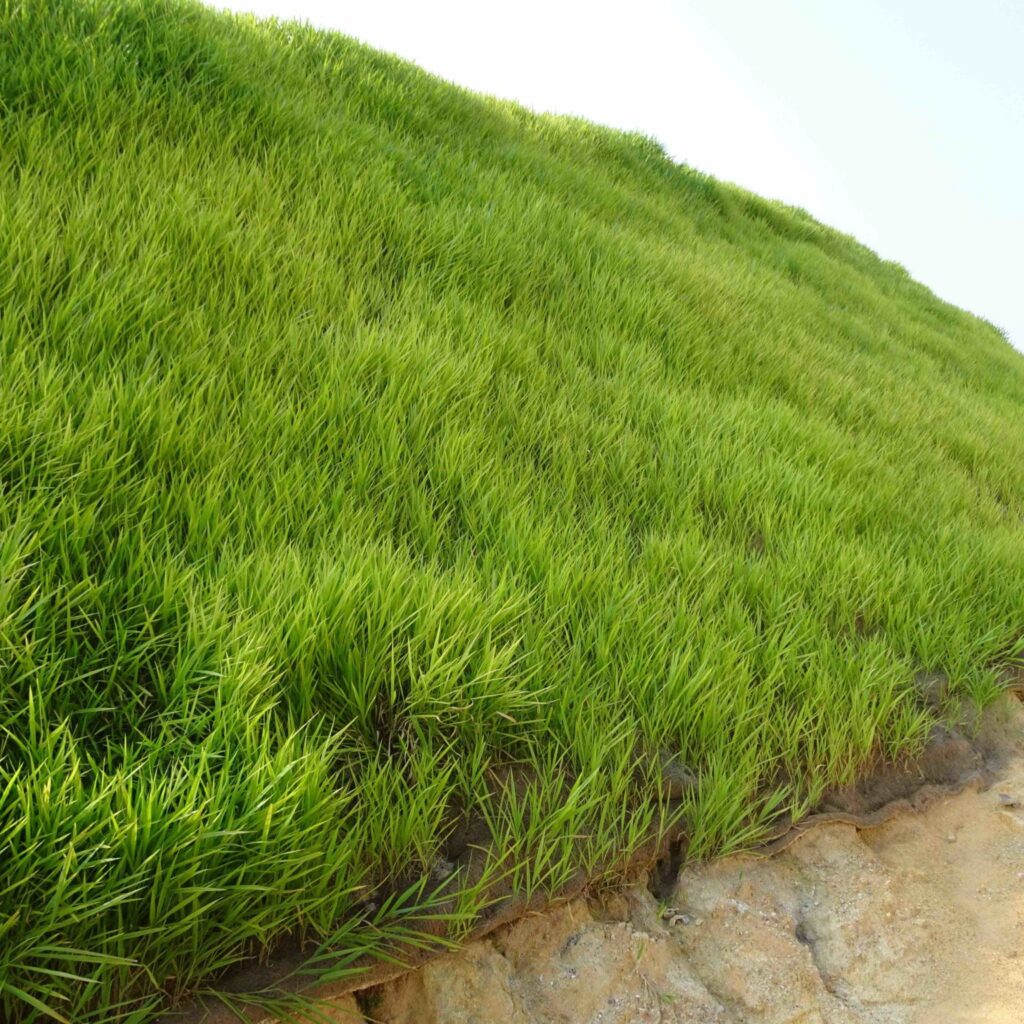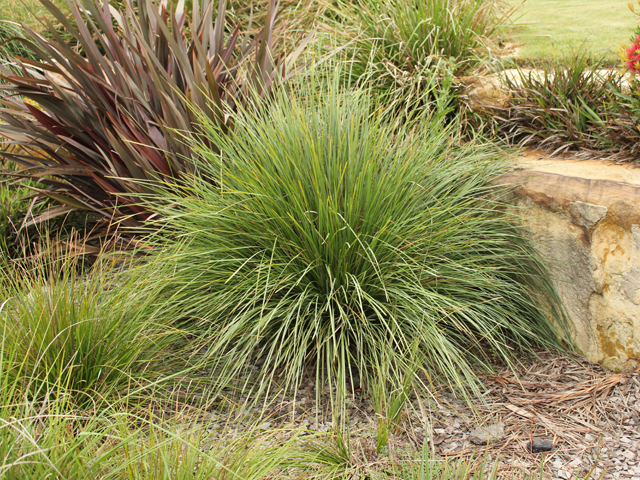As summer arrives, bringing with it intense heat and prolonged dry spells, gardeners must take extra care to protect their plants and soil. One of the most effective and eco-friendly strategies for maintaining a healthy garden during the hot months is mulching. More than just a decorative ground cover, mulch serves as a vital shield against the stress of summer weather.
This article explores why mulching is important in summer, its many benefits, the best materials to use, proper mulching techniques, and common mistakes to avoid. Whether you’re a home gardener or a landscape professional, understanding the power of mulch can transform your summer gardening experience.
What Is Mulching?
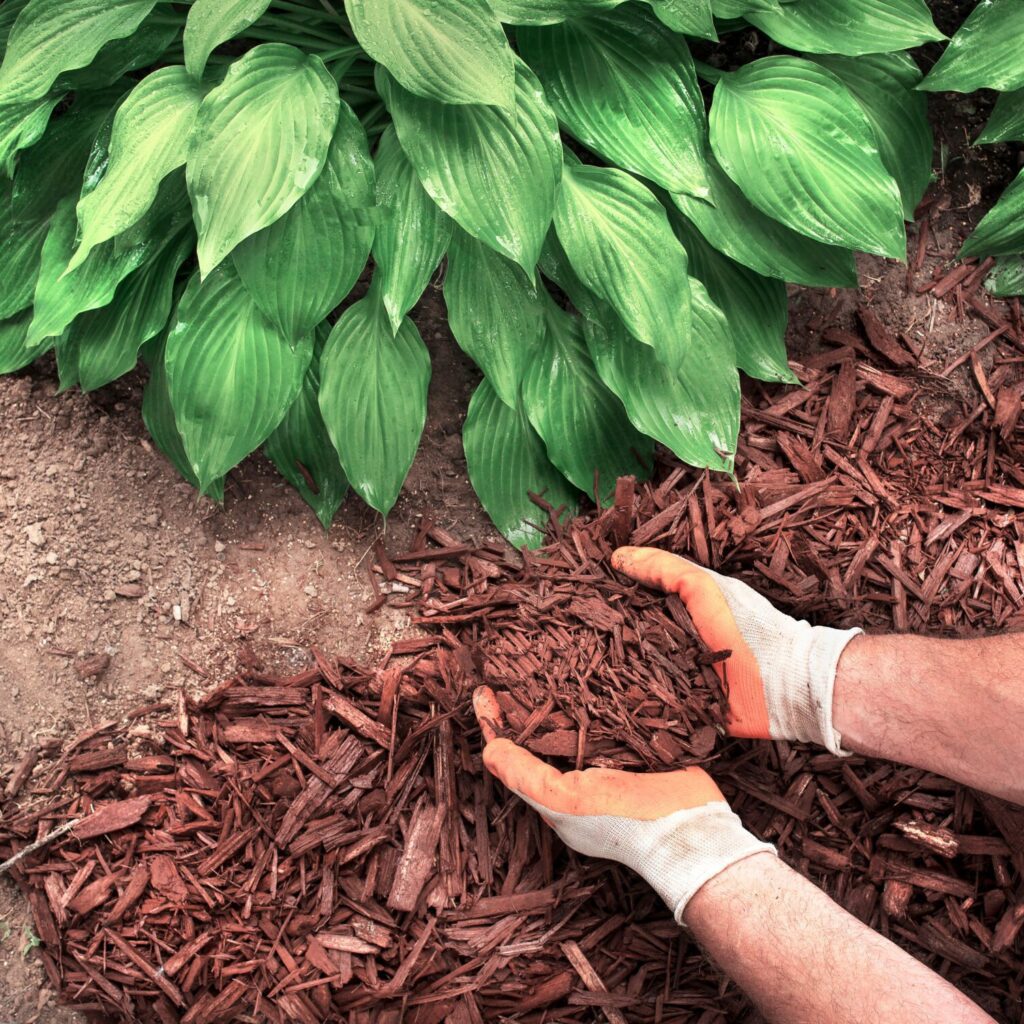
Mulching is the process of covering the soil surface with a protective layer of organic or inorganic material. This layer helps regulate soil temperature, retain moisture, suppress weeds, and improve soil health.
Mulch can be:
- Organic: Bark chips, straw, grass clippings, compost, shredded leaves.
- Inorganic: Gravel, landscape fabric, plastic sheeting, rubber mulch.
Each type of mulch has specific uses and benefits, especially during hot summer months when plant stress is at its peak.
Why Mulching Is Crucial in Summer
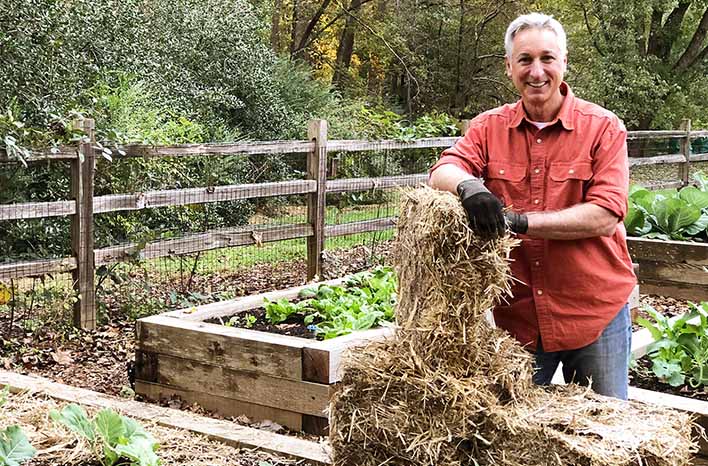
Summer brings challenges such as high temperatures, dry soil, and increased competition from weeds. Mulching directly addresses these problems by providing a natural buffer between the sun and your soil.
Here’s how mulching benefits your garden during summer:
1. Retains Soil Moisture
Summer heat leads to rapid evaporation of water from the soil. A layer of mulch helps conserve moisture by slowing down evaporation. This means:
- Less frequent watering.
- Better water efficiency.
- More consistent moisture for plant roots.
Mulching is especially important in drought-prone areas or for gardeners practicing water-wise landscaping.
2. Regulates Soil Temperature
In the peak of summer, soil temperatures can become extremely high, often damaging plant roots. Mulch acts as an insulating blanket, keeping the soil cooler during hot days and warmer during cool nights.
Consistent soil temperature:
- Protects root systems.
- Encourages steady plant growth.
- Reduces stress on young or shallow-rooted plants.
3. Suppresses Weeds
Weeds compete with garden plants for sunlight, water, and nutrients. By creating a physical barrier, mulch:
- Blocks sunlight from reaching weed seeds.
- Prevents weed germination and growth.
- Reduces the need for chemical herbicides or frequent weeding.
A well-mulched bed can reduce weed growth by up to 90%, saving time and labor.
4. Prevents Soil Erosion and Compaction
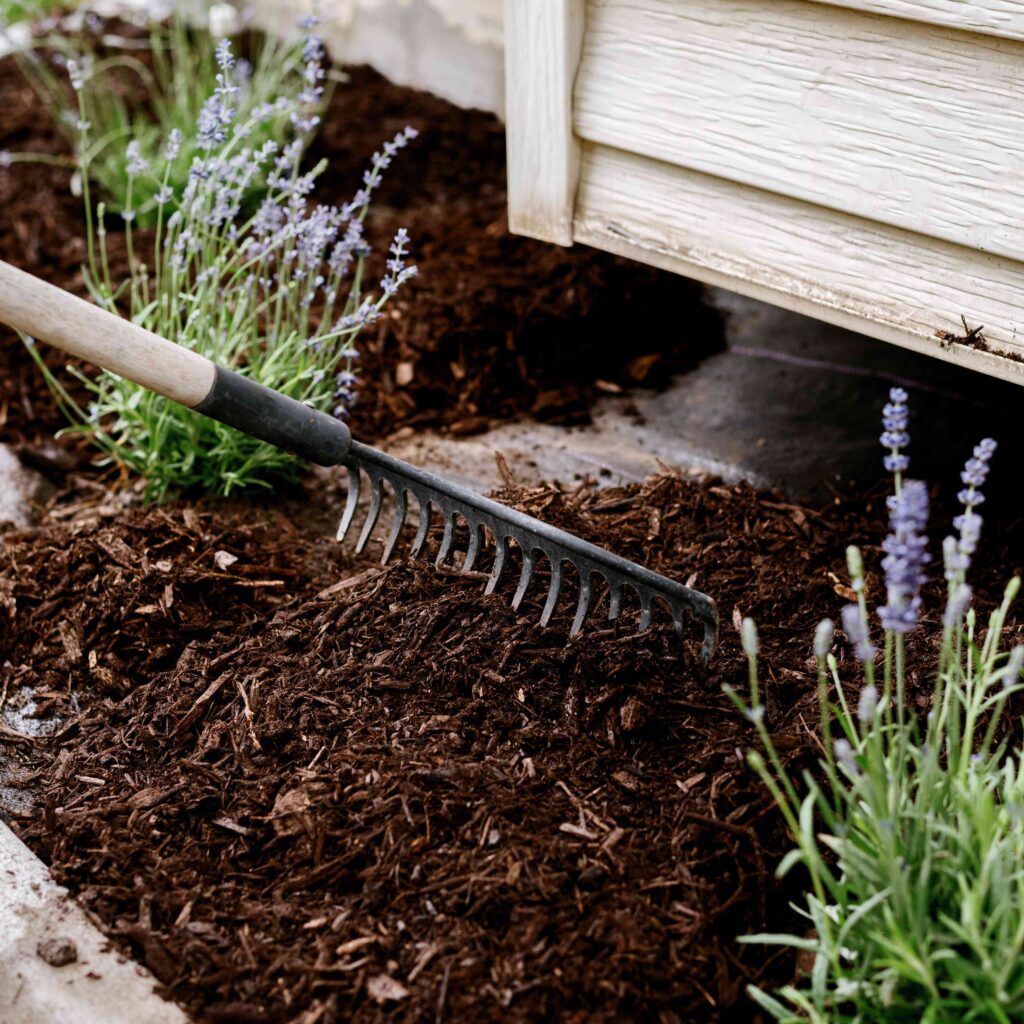
Summer storms can wash away topsoil and compact the ground with heavy rains. Mulch protects the soil from direct rainfall impact, helping to:
- Prevent erosion on slopes or bare areas.
- Maintain soil structure and porosity.
- Keep nutrients from leaching away.
This is especially important in raised beds and sloped gardens.
5. Improves Soil Fertility and Structure (Organic Mulch)
As organic mulch breaks down, it enriches the soil by:
- Adding organic matter and nutrients.
- Improving soil texture and drainage.
- Feeding beneficial soil organisms like earthworms and microbes.
Over time, mulching leads to a healthier soil ecosystem, ideal for productive gardening.
6. Protects Plant Roots from Damage
Exposed roots are vulnerable to heat stress and physical damage from tools or foot traffic. Mulch acts as a buffer, shielding roots and promoting a more stable environment for growth.
7. Enhances Aesthetic Appeal

Beyond functionality, mulch provides a clean, finished look to garden beds, pathways, and borders. It can unify a landscape design and highlight plant groupings while creating contrast with foliage and flowers.
Best Mulching Materials for Summer
Here are some top choices for summer mulching, along with their benefits:
Organic Mulches:
- Shredded Bark or Wood Chips
- Long-lasting
- Attractive appearance
- Ideal for trees, shrubs, and perennial beds
- Straw or Hay (seed-free)
- Light and easy to spread
- Great for vegetable gardens
- Breaks down quickly, improving soil
- Compost
- Nutrient-rich
- Best for flower beds and vegetables
- Needs more frequent replenishment
- Grass Clippings
- Readily available
- Excellent for nitrogen
- Apply in thin layers to avoid matting
- Shredded Leaves
- Free and abundant in autumn
- Breaks down into rich humus
Inorganic Mulches:
- Gravel or Pebbles
- Ideal for xeriscapes or succulents
- Does not decompose
- Reflects heat — may increase soil temps in extreme heat
- Landscape Fabric
- Long-lasting weed barrier
- Use beneath decorative mulch
- Plastic Sheeting
- Used in commercial agriculture
- Retains heat and moisture
- Not breathable — can cause overheating in some areas
How to Apply Mulch in Summer
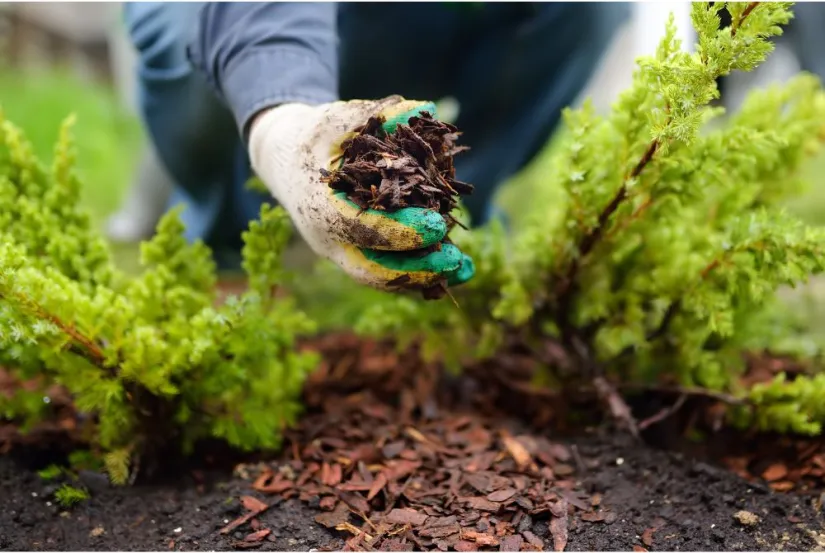
Applying mulch correctly is key to maximizing its benefits:
Step-by-Step Guide:
- Clear the area: Remove weeds and grass before mulching.
- Water the soil: Mulch retains moisture best when soil is already damp.
- Spread evenly: Apply mulch 2–4 inches deep. Too little won’t suppress weeds; too much may suffocate roots.
- Keep mulch away from stems/trunks: Leave a 1–2 inch gap around plant bases to prevent rot or pest infestation.
- Replenish as needed: Organic mulches decompose over time and may need refreshing once or twice per year.
Common Mistakes to Avoid
- Over-mulching: More than 4 inches can suffocate roots and cause fungal issues.
- Volcano mulching: Piling mulch against tree trunks encourages decay and pest problems.
- Using fresh manure or un-composted materials: May burn plants or introduce weeds.
- Not replenishing mulch: Degraded mulch won’t retain its effectiveness.
- Using dyed mulch near edibles: Some colored mulches may contain chemicals — avoid in vegetable gardens.
Mulching Around Specific Plants
Different plants benefit from mulch in unique ways:
- Vegetables: Straw or compost encourages growth and reduces splash-back from soil-borne diseases.
- Trees & Shrubs: Wood chips retain moisture and prevent weed competition.
- Perennials & Flowers: Shredded bark or leaf mulch enriches soil and adds beauty.
- Succulents & Cacti: Gravel or sand-based mulches aid drainage and prevent stem rot.
Tailoring mulch to your plant’s needs ensures long-term success.
Environmental Benefits of Mulching
Mulching isn’t just good for plants — it also helps the planet:
- Reduces water usage: Essential for sustainable gardening during drought.
- Minimizes chemical inputs: Less need for fertilizers and herbicides.
- Supports biodiversity: Encourages soil life, insects, and pollinators.
- Recycles garden waste: Turning leaves or grass clippings into mulch reduces landfill use.
Conclusion
Mulching in summer is one of the most effective ways to protect and nourish your garden. From conserving moisture and regulating soil temperatures to suppressing weeds and improving soil quality, mulch is a gardener’s best friend during the hot, dry months.
By choosing the right materials, applying them correctly, and avoiding common mistakes, you can ensure your garden not only survives summer but thrives in it. Whether you’re cultivating vegetables, flowers, or trees, a well-mulched garden is healthier, more sustainable, and far more beautiful.
So, as the summer sun intensifies, don’t forget this simple yet powerful tool — mulch your way to a better garden.

